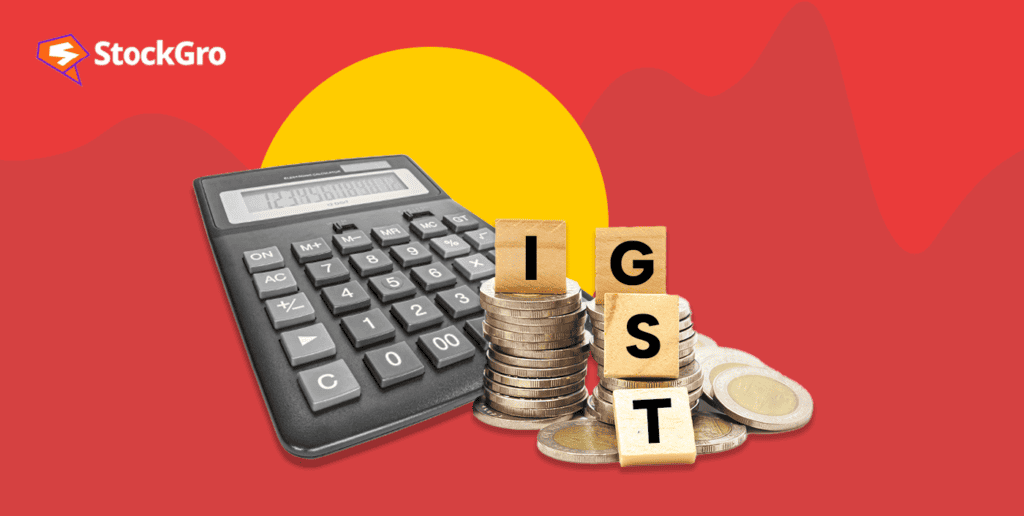
A transaction is fair where both parties in the trade are equally content and happy about the price. When an asset is sold at a price higher than the historical purchase cost, it satisfies the seller. Similarly, the current acquisition cost should be lower than the future selling price for the buyer to be content.
Fair value is a method of asset valuation that aims to bring this balance to transactions.
What is fair value?
A price that is agreeable for both parties since it benefits them is the fair value. It is the price at which assets are bought and sold without any conditions.
This valuation method is suitable for all kinds of assets – financial assets like securities, physical assets, and liabilities of businesses.
You may also like: Indian startup valuations hit rock bottom
Understanding the meaning of fair value with an example
Based on Indian Accounting Standard 113 (AS 113) and International Financial Reporting Standard 13 (IFRS 13), fair value is the price at which assets are exchanged between two parties with a thorough knowledge of the market and cannot influence each other. It suggests that the parties agree on the price of free will, not because of any pressure.
For example, a seller intends to sell his asset at ₹ 1,00,000. He considers this fair as it meets the market standards and his profit requirement.
The buyer agrees to buy the asset at ₹ 1,00,000 because he believes the value will increase to ₹ 1,50,000 in a few months.
The above example is a case of fair value trade as both parties, from their individual perspectives, are convinced about the asset price.
Ascertaining the fair value
Fair value is calculated based on the current market scenario and the future cash flows.
Fair value formula for future contracts: = Cash * [1+r (x/360) ] - dividends Cash: Current market value of the asset r: Interest payable to the broker x: Number of days remaining in the contract
Securities can be listed on the stock exchange to determine the fair value of shares based on the market conditions if this calculation is irrelevant. Similarly, the fair value of physical assets can be determined based on other identical assets in the market.
Multiple online websites help search for the fair value for certain assets like real estate properties.
Assume a case where the seller is in a hurry to sell the asset. The fair value may become irrelevant, as the seller would focus on getting a decent price as soon as possible. Hence, in situations of urgency, fair value is not an ideal valuation technique.
Also Read: Calculating company valuations. Everything there is to know
Example
Take the example of a stock of Company XYZ.
Current market price: ₹ 800 Interest payable to broker: 2.5% Number of days left in the contract: 27 Dividend points: 5 Using the fair value method of valuation of shares, the accurate value of the stock should be: = 800 * [1 + 0.025 (27/360) ] - 5 = ₹ 795.15
Advantages of fair value method
- The fair value method is considered accurate as it relies on current and future factors.
- The market value of assets may be over or undervalued at times, which can mislead the investor’s investment decisions. Fair value eliminates this issue as it is more accurate.
- The price of assets determined by the fair value method serves as an indicator for companies to assess the position of their assets, which helps them plan their strategies accordingly.
- The fair value method is relevant to all kinds of assets, providing a standard way of measuring assets within the company and across the industry.
Fair value Vs. market value
- The market value is the current price of assets in the market, which is highly driven by the demand and supply of the asset.
So, the market value is an influenced price, whereas the fair value is free of any influences.
- While the market value depicts “what is”, the fair value follows a realistic approach to “what should be” the asset value.
- A market value is highly fluctuating as it is prone to economic events that affect the demand and supply of assets.
On the other hand, the fair value method is more stable and standardised in nature.
Fair value Vs. book value
The book value of an asset represents the historical cost adjusted against depreciation. The book value reduces every year since the asset undergoes depreciation annually.
Fair value depicts the current price at which the asset can be bought and sold in normal market conditions.
A fair value lesser than the book value indicates that the asset is not seen as a valuable investment, helping companies decide if they have to scrap the asset and replace it with a new one or modify it.
A fair value greater than the asset’s book value indicates that the asset is a good investment and can generate more income in the future.
Also Read: What is book value? How is it calculated?
Bottomline
Now that we know the meaning of the fair value method, it is the ideal approach in most cases. However, this approach may not be very suitable for assets that are very volatile to market conditions.
The price of such assets will keep fluctuating, leading to confusion about the asset value. The historical perspective is lost when the recording of assets happens at fair value.
Hence, fair value is an approach that requires thorough knowledge and sensible discretion of relevant parties.

